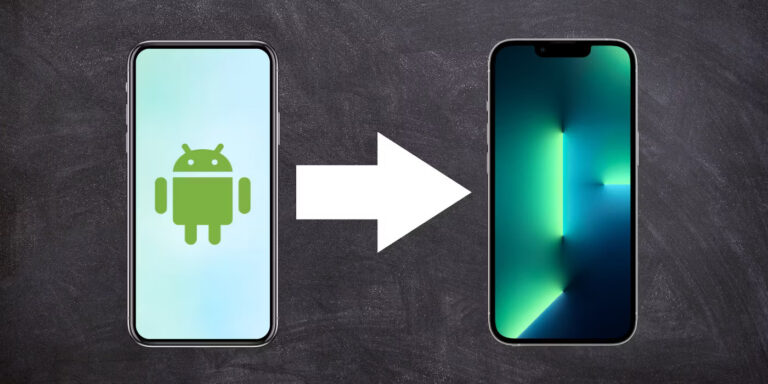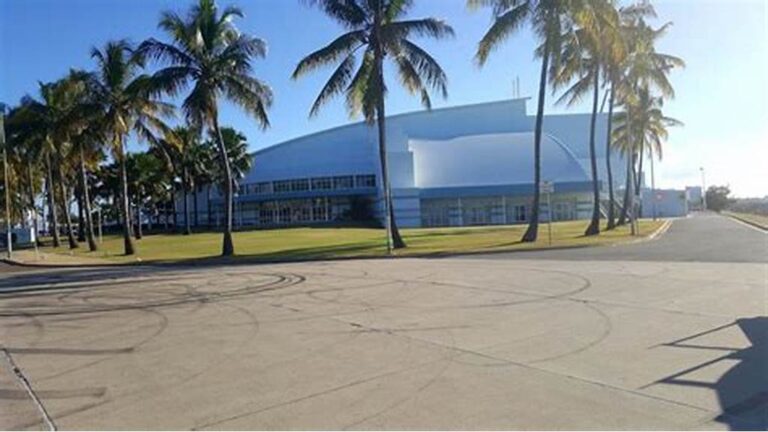The emergence of Software as a Service (SaaS) has completely changed how companies function, interact, and innovate in the dynamic field of software development. SaaS solutions, which range from customer relationship management systems to project management tools, are becoming essential resources for businesses in many sectors. But offering a better product isn’t enough to succeed in the fiercely competitive SaaS industry. The secret to success is creating outstanding User Interface (UI) design and User Experience (UX). We will examine how SaaS Application UX Design can elevate your product to new heights and delve into its nuances in this extensive tutorial.
Recognizing UX Design for SaaS Applications
The fundamental goal of SaaS Application UX Design is to make user interactions with SaaS products simple, fluid, and enjoyable for users. It includes every step of the user journey, from the first exploration and onboarding to regular use and all in between. Empowering users, streamlining processes, and eventually increasing engagement and satisfaction are the goals of effective UX design.
1)The Value of Software as a Service Enhanced User Adoption through UX Design:
A well-thought-out user experience streamlines the onboarding procedure and makes it easier for users to understand the SaaS application’s features and value proposition. This lowers the entry barrier and promotes broad acceptance among the intended audience.
2)Better User Retention:
Loyalty and long-term use of the SaaS application are fostered when users have a great experience. SaaS organizations may reduce churn and increase retention rates by continuously providing value and satisfying consumers with straightforward design.
3)Enhanced Productivity:
Within the SaaS application, users may do activities more quickly and effectively thanks to intuitive processes and simplified interfaces. UX design increases productivity and gives users the tools they need to easily accomplish their objectives by minimizing obstacles and optimizing user interactions.
4)Competitive advantage:
Better UX design can help SaaS products stand out in a crowded market. SaaS providers can differentiate themselves from the competition and gain market share by putting the requirements of their users first and providing outstanding experiences.
Top Techniques for User-Centric Design in SaaS Applications:
Recognize your target users’ wants, preferences, and pain points first. Gather input from users, do user research, and make design iterations to make sure the final product meets user needs and processes.
1) User-Centric Design:
Understanding your target consumers’ wants, preferences, and pain spots is the first step in user-centric design. Gather input from users, do user research, and make design iterations to make sure the final product meets user needs and processes.
2) Simplify Onboarding:
Try to make the onboarding procedure as easy to understand and frictionless as you can. Give new users interactive training, guided tours, and clear instructions so they can begin using the SaaS program swiftly and confidently.
3) Creating a logical navigation :
design that makes it easy for users to traverse a SaaS service is known as intuitive navigation. Make it easier for consumers to find what they’re looking for by using visual clues, standardized terminology, and well-known patterns.
4)Responsive Design:
Make sure the SaaS application is accessible on a variety of devices and screen sizes by using responsive design. To maximize the user experience across desktop, tablet, and smartphone platforms, implement responsive design concepts.
5) Visual Consistency:
To produce a seamless and harmonious user experience, keep the SaaS application’s visual design consistent throughout. To strengthen brand identification and promote recognition, use UI components, color schemes, and typography that are all consistent.
6) Performance Optimization:
Give performance optimization first priority to guarantee quick loads and seamless user experiences. In order to provide a smooth user experience, reduce latency and maximize resource utilization. Users expect responsiveness and dependability.
7)Accessibility:
Make sure that all users, including those with disabilities, can access and utilize the SaaS application efficiently by designing with accessibility in mind. Adhere to accessibility norms and standards in order to support inclusivity and meet a range of user needs.
8)Continuous Improvement:
Iterative UX design is a process that emphasizes continuous improvement. Track user behavior, get input, and make design iterations to solve issues and gradually improve the user experience. Adopt a culture of constant development to keep up with changing consumer demands and industry trends.
The Significance of SaaS Utilization UX Design
Because SaaS apps offer scalable solutions for everything from project management to accounting, they have completely changed the way firms run. But the abundance of SaaS solutions has also created a crowded market, which makes it difficult for businesses to stand out from the competition. This is where the importance of UX design kicks in.
1)User Adoption and Retention:
Adoption and retention rates can be greatly impacted by a well-designed user experience (UX). SaaS applications with intuitive interfaces, efficient workflows, and compelling user experiences facilitate client onboarding and ongoing use.
2)Competitive Advantage:
A company can differentiate itself from its rivals in a crowded market by implementing superior UX design. Businesses can develop and succeed in the market by attracting new clients and keeping hold of their current clientele by providing a more user-friendly and pleasurable experience.
3)Customer Satisfaction:
Greater customer satisfaction is a direct result of a great user experience. Users are more likely to have a positive image of the firm behind an application when they find it straightforward to use and navigate, which can result in positive word-of-mouth and recommendations.
Presenting a Novel Concept
AI-Powered Customization for SaaS Application User Experience Design:
Although the fundamentals of UX design are still important, businesses can improve their UX designs by utilizing customization and artificial intelligence (AI) strategies. Envision a SaaS service that offers a genuinely personalized experience by dynamically adjusting to the distinct tastes, habits, and demands of every user. This is the idea underlying SaaS application UX design’s AI-driven personalization.
How to Use It:
1)User profiling:
Over time, the SaaS program gathers information on user interactions, preferences, and habits to create a thorough profile of each user.
2)AI Algorithms:
By analyzing this data and finding patterns, trends, and correlations, AI algorithms help the system comprehend the unique requirements and preferences of each user.
3)Personalized Recommendations:
The SaaS program provides features, content, and recommendations that are specifically catered to the profile and context of each individual user based on the analysis conducted.
4)Adaptive Interfaces:
The program optimizes the user experience for optimum efficiency and enjoyment by dynamically adjusting its functionality and interface based on the user’s profile and behavior.
AI-Driven Personalization’s advantages
1) Enhanced User Engagement:
The SaaS application draws in users and holds their interest for extended periods of time by providing tailored information and recommendations.
2)Enhanced Productivity:
By streamlining activities and making it simpler for users to achieve their objectives within the program, personalized interfaces and workflows increase productivity and efficiency.
3)Increased User Satisfaction:
Users are more likely to be happy with their experience and stick with the product over time when they believe the application understands their requirements and preferences.
4)Competitive Advantage:
By providing a more relevant and customized user experience than rivals, AI-driven customization helps the business stand out from the crowd. This can help the business develop and succeed by bringing in new clients and keeping hold of current ones.
In summary
In the highly competitive SaaS market, user experience design is a key differentiation and success factor. SaaS organizations may stand out from the competition, encourage user uptake and retention, and eventually achieve sustainable growth by putting the requirements of their users first, optimizing workflows, and providing great experiences. Investing in SaaS Application UX Design is essential for providing users in the digital age with value and enjoyment, not only as a business need.
















